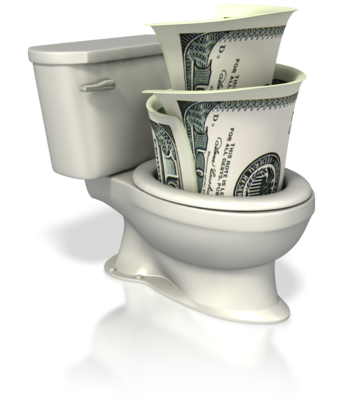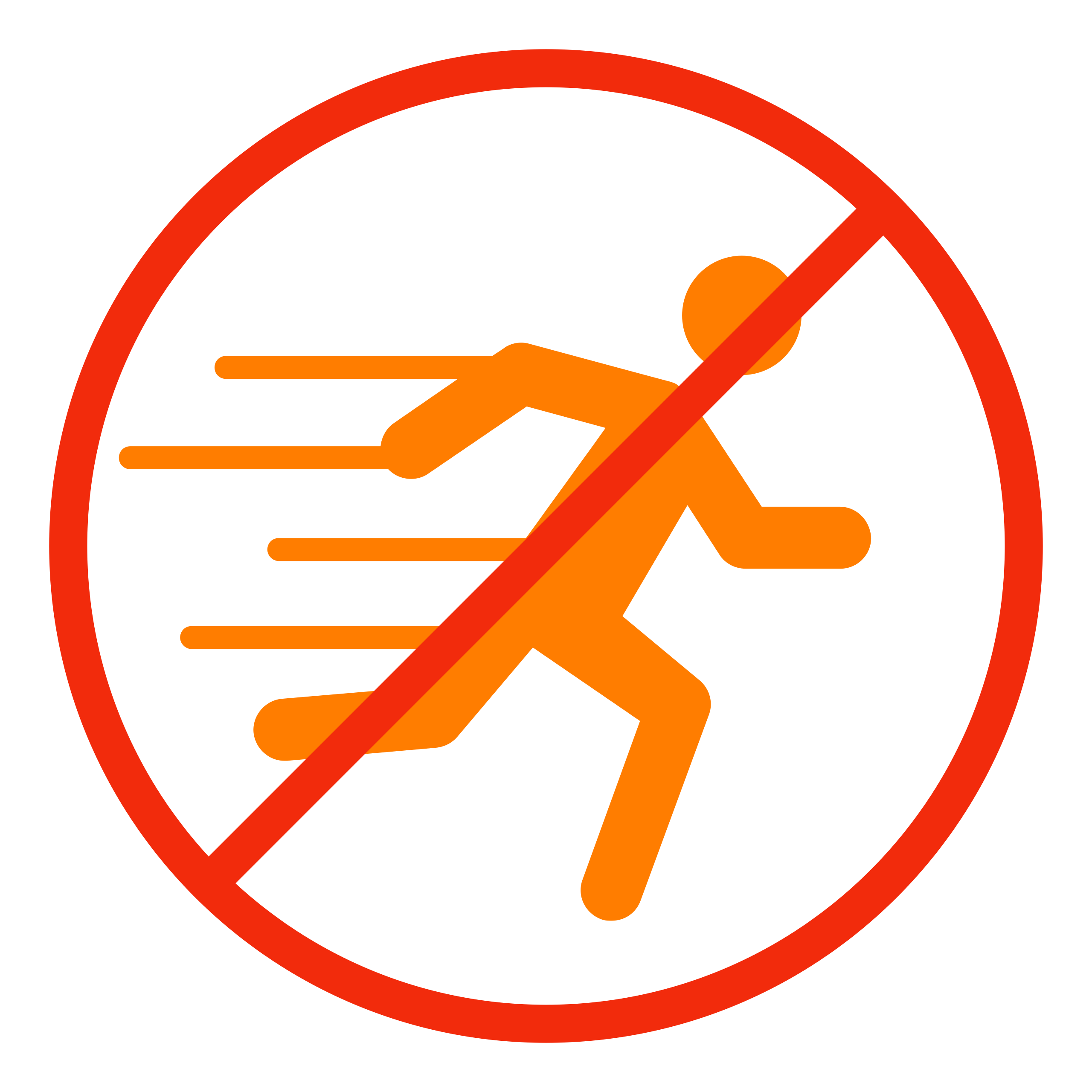by Lisa Cooke | Apr 9, 2013 | 01 What's New, NARA, Records & databases, Research Skills
Beware: Personal Opinions are coming your way in this article!
In my book The Genealogist’s Google Toolbox I emphasize how to use Google to determine what is already available and free online before investing your limited time and money in offline family history searching. Smart genealogists allocate their resources wisely, getting the most bang for their buck. And collaboration between individual genealogists allows us to accomplish even more.
 It looks like the U.S. Federal Government could learn a thing or two from savvy genealogists. The Washington Times is reporting that Congress’s auditor has discovered that our tax payer money given to the federal government isn’t being spent very wisely. (Imagine that!) Agencies fail to collaborate and share information, creating redundancy and overspending.
It looks like the U.S. Federal Government could learn a thing or two from savvy genealogists. The Washington Times is reporting that Congress’s auditor has discovered that our tax payer money given to the federal government isn’t being spent very wisely. (Imagine that!) Agencies fail to collaborate and share information, creating redundancy and overspending.
One example from the article: the Commerce Department “has been charging other government agencies millions of dollars for reports that the other agencies could just as easily have gotten online, for free – often with a Google search.”
This news makes it even harder to swallow the news that the National Archives and Records Administration (NARA) is suffering reduced hours of service due to budgetary issues.
The Bottom Line:
Google Twice, Pay Once (and only if you have to!)
by Lisa Cooke | Mar 7, 2013 | 01 What's New, Conferences
 This spring we’ve got some great conferences coming up in the U.S., like #RootsTech2013 in Salt Lake and the National Genealogical Society conference in Las Vegas, as well as events in Fairfax (VA), Wausau (WI), Manchester (NH), Cincinnati (OH), the Houston area, and Southern California. So here’s my question, just for fun: where do you sit when you go to conferences?
This spring we’ve got some great conferences coming up in the U.S., like #RootsTech2013 in Salt Lake and the National Genealogical Society conference in Las Vegas, as well as events in Fairfax (VA), Wausau (WI), Manchester (NH), Cincinnati (OH), the Houston area, and Southern California. So here’s my question, just for fun: where do you sit when you go to conferences?
Studies of college classrooms show that students who sit toward the front of the room and catch the teacher’s eye are more likely to pay attention, which can translate into a better learning experience. Now, that caught my eye, because a better learning experience is what we all want out of conferences.
The report goes on to say that students who sit in front and make eye contact establish a better rapport with teachers and are more likely to be more engaged in the learning process. Of course, a conference isn’t the same as a college class. The instructor isn’t grading you. But presenters are human too, and they appreciate an engaged audience. In any sort of presentation, there is always an energy that flows back and forth between audience and presenter. Both you and the instructor will benefit from rapport and engagement.
Here are my tips for getting the most out of your experience:
- Arrive at the lecture as early as possible so you can get a seat where you’ll be able to see and hear everything clearly.
- Read the class syllabus ahead of time so you’ll be familiar with the material going into the presentation.
- Print out the syllabus (or have it handy on your iPad or tablet) so you don’t waste time writing down ideas and links that have already been written for you.
- Keep your attention on the speaker, but jot down any additional ideas the speaker shares that aren’t in the syllabus–as well as any ideas you hope to apply to your own research.
Here’s a final tip that comes from the study report on where you sit. One interviewee for this article says that, “In lecture, students’ attention tends to bottom out about 30 minutes into class, which is just when faculty are getting to the most important information.” She goes on to say that sitting closer to the instructor will help you stay focused during that critical time. The takeaway: 30 minutes into any lecture, if your attention starts to wander, challenge yourself to write down the key concept you learned up to that point, and one key question you hope will be answered. And then re-focus on listening intently for the answer.
Check out my upcoming live presentations. See you in class!
by Lisa Cooke | Sep 9, 2013 | 01 What's New, Inspiration, Organization

This morning I looked out my window and could see a huge plume of smoke. Across the valley a wild fire is raging that began yesterday afternoon. The hot and very dry conditions have fueled the flames, and homes are starting to be evacuated. It’s a grim reminder that disasters do happen and no one is immune.
It is National Preparedness Month in the United States, and for genealogists, that means disaster planning for our home archives and family history files. We don’t like to think about the unthinkable: losing our original photos, documents and years’ worth of research in a fire, flood, hurricane or other disaster. But it’s happened in places as high-and-mighty as federal archives here in the USA: it can certainly happen in our homes. Even a leaky roof, downed tree, bug infestation, basement mildew issue, theft or other “minor” disaster can mean total annihilation of our family archives if it’s in the wrong place at the wrong time.
As I watch the fire and monitor it’s progress on Twitter, I’m thankful that I can rest easy that my precious family history is protected in a number of ways. This month, I’ll share four steps to help you secure the future of your family past, one step for each of the next four weeks. This gives you time to follow through on each piece of advice before you get to the next step. This week’s step:
ASSESS YOUR GENEALOGY ASSETS. What needs protection?
Your top priority, as a genealogist, will likely be original photos, documents, artwork and one-of-a-kind family artifacts like a family Bible. In other words, things that can’t be replaced.
Next, think about things you’d rather not have to replace: records you’ve ordered from repositories; several years’ worth of genealogy notes and files; computerized family trees. Make yourself a list, so in the weeks to follow you can carry out an emergency plan for each item (starting with high-priority items) as your time and budget permit. Next week’s topic: DUPLICATE THE PAST.
by Lisa Cooke | May 12, 2015 | 01 What's New, British, History, Records & databases
Was your ancestor the lord of an English manor or, more likely, someone who lived and worked in the vicinity of one? Or are you a Downton Abbey fan who would just enjoy reading the old records kept by a grand manor? Then you should know about English manorial records...
by Lisa Cooke | May 5, 2015 | 01 What's New, Conferences
Major genealogy conferences like NGS and Jamboree can be both invigorating and overwhelming! It’s tough to catch all the classes I want by my favorite lecturers on the topics I need most. But at some point each day, I’m also done sitting in a boxy classroom for a little while.
We at Genealogy Gems suggest a proven “fix” for these problems: Outside the Box Sessions! We partner with favorite fellow exhibitors to schedule short live presentations on our hottest topics at our extra-large shared exhibit space. Those who attend any Outside the Box session can sign up to receive a free e-book of handouts from all the sessions.
From what you’re telling us, Outside the Box works for you! Bonnie wrote to us: “I attended several of your [Outside the Box] sessions, at least one from each of you and often more. They were terrific, at least as good and often better than conference sessions. And the e-book of session notes, with the myriad of internet links, is frosting on the cake. Thank you.”
A packed and lively schedule of Outside the Box sessions will run at the following upcoming events in the free exhibit hall:
National Genealogical Society conference (13-16 May)
Southern California’s Jamboree (5-7 June).
Click on the conference names above to see the full scoop on each, including classes on:
- Google searching,
- family reunion ideas,
- DNA,
- German research,
- Google Earth for genealogy,
- identifying and caring for old photos,
- Evernote for genealogy,
- using your iPad for family history
- and more!
Since the exhibit hall is free, this is a wonderful opportunity to stop by and see what genealogy conference are all about, and pick up some excellent free training sessions while you’re there!
 It looks like the U.S. Federal Government could learn a thing or two from savvy genealogists. The Washington Times is reporting that Congress’s auditor has discovered that our tax payer money given to the federal government isn’t being spent very wisely. (Imagine that!) Agencies fail to collaborate and share information, creating redundancy and overspending.
It looks like the U.S. Federal Government could learn a thing or two from savvy genealogists. The Washington Times is reporting that Congress’s auditor has discovered that our tax payer money given to the federal government isn’t being spent very wisely. (Imagine that!) Agencies fail to collaborate and share information, creating redundancy and overspending.
 This spring we’ve got some great conferences coming up in the U.S., like #
This spring we’ve got some great conferences coming up in the U.S., like #